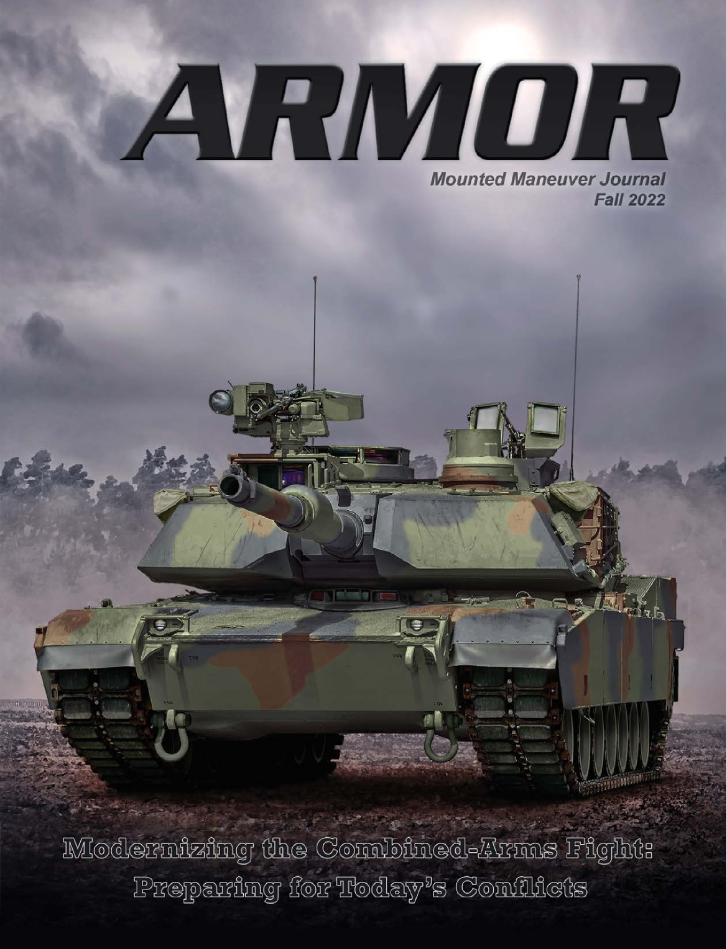
(Click image to download.)


(Click image to download.)
(Click image to download brief.)
Key Takeaways:
• Turkey has emerged as a drone superpower on the world stage. In just the past few years,
Turkey has become one of a select group of countries in the world that can produce, use
and export armed drones extensively, trailing only the United States, Israel, and China.
• Turkey’s innovative use of its cost-effective Bayraktar TB-2 drone involves using drone
squadrons effectively as a mobile air artillery, thereby achieving overmatch by emphasizing
quantity over quality. This strategy has impacted geopolitical outcomes in several regional
conflicts, and has provided a strategy for middle sized powers to emulate. Several such
powers—including Ukraine, Poland, Azerbaijan—are buying these cost-effective systems
from Turkey with a view to do so. Other midsize countries with limited defense budgets
are likely to replicate this approach, changing the nature of local conflicts and even the
calculations of larger observing nations.
• Drones and anti-aircraft technologies that merge ISR with strike capabilities will increasingly
impact the trajectories of conflicts. The entry barriers to these technologies are falling,
making it easier for geopolitical issues to turn to war.
(Click image to download brief.)
KEY TAKEAWAYS
• Russia views peacekeeping operations as a part of warfare, specifically that they can be
utilized to achieve strategic objectives beyond conflict resolution
• Russia’s past peacekeeping operations have shown how these involved ending the conflict
as quickly as possible and enforcing terms of any cease-fire agreement, including taking
action that favored one of the belligerents as long as Russia remains in the dominant position
• Russia’s Nagorno-Karabakh peacekeeping operation ended a conflict and helped the
Russian government maintain influence in the Commonwealth of Independent States with
a Russian military detachment in place for the foreseeable future, which can help explain
how conflicts involving Russia are likely to end.
(Click image to download brief.)
KEY TAKEAWAYS
(Click image to download brief.)
KEY TAKEAWAYS
(Click image to download brief.)
KEY TAKEAWAYS
(Click image to download brief.)
KEY TAKEAWAYS
Synopsis: Turkey has emerged as a drone superpower on the world stage. In just the past few
years, Turkey has become one of a select group of countries in the world that can produce, use and export armed drones extensively, trailing only the United States, Israel, and China. In addition, it has innovated new ways to use its cost-effective Bayraktar TB-2 to achieve overmatch by emphasizing quantity over quality across an array of battlefields. Turkey’s innovative use of drone squadrons as a surrogate for an air force in a conventional battle has provided a strategy for middle-sized powers to emulate, resulting in several such powers—including Ukraine, Poland, Azerbaijan—buying these cost-effective systems from Turkey with a view to do so. Other mid-size countries with limited defense budgets are likely to replicate this approach, changing the nature of local conflicts and even the calculations of larger observing nations. This paper examines Turkey’s innovative use of the Bayraktar TB-2 drone, as a case study of how a mid-size power can drive geopolitical outcomes around the globe through drones.
(Click image to download brief.)
KEY TAKEAWAYS
The 2020 Nagorno-Karabakh War stood out as a significant chapter in the history of the conflict in the region. Not only did Azerbaijan take control over a large amount of territory, the Russian government deployed peacekeepers as part of the cease-fire agreement between the governments of Armenia and Azerbaijan. This marked the first time a peacekeeping force became involved in the conflict over the region and stood as another example of how Russia utilized a peacekeeping operation as a response to a conflict in the Commonwealth of Independent States (CIS). The CIS is made up of states of the former Soviet Union and is an area where the Russian government has special relationships and a sphere of influence. While the United States has arguably pulled back from peacekeeping operations in recent years and, as a result, the U.S. military has deemphasized them, Russia views peacekeeping operations as a key part of modern warfare. Like other military operations, Russians consider that peacekeeping operations can be utilized to achieve strategic objectives beyond conflict resolution. This article examines how Russia views peacekeeping operations as a part of warfare, including in its military doctrine and based on past conflicts in the CIS. It also examines how this applies to the most recent conflict in Nagorno-Karabakh and in the peacekeeping operation as a response to civil unrest in Kazakhstan. Insights from this may also inform potential outcomes of the current war in Ukraine.
(Click image to download brief.)
KEY TAKEAWAYS
This paper examines the PLA’s reforms targeting the development of joint commanders and staff, and efforts to improve joint training. Qualified joint officers and a well-trained joint force are fundamental requirements to propel the PLA into the echelons of the world’s advanced militaries. The PLA’s military education reform effort is to improve the quality of personnel in general, but an important emphasis of the current military educational reforms is focused on joint commanders and staff. The PLA intends to instill a general level of joint knowledge throughout the entire military as it pushes joint operations capabilities down to the tactical level. While the detailed outline of these reforms is known, the full extent and quality of implemented reforms is difficult to gauge.